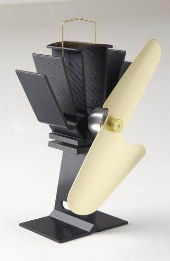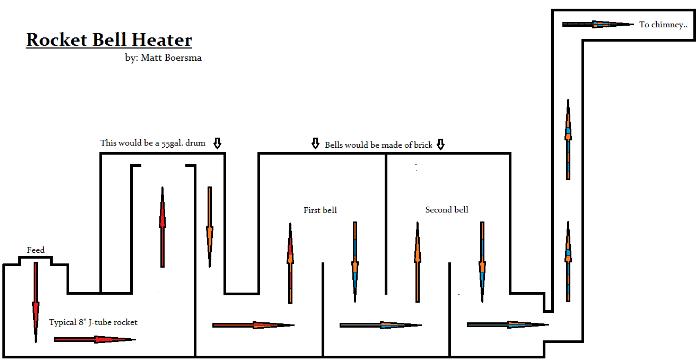


shilo kinarty wrote:yes/
but you can more easily do a bigger barrel.


Glenn Herbert wrote:So your alcove is all masonry? How thick is the masonry on various sides? You may be able to use that as part of the mass that stores your heat, with a bell built as a liner for it.


Glenn Herbert wrote:If you have limited space, you would be better off just replacing the barrel with a hollow masonry box, as tall as you have space for. There are formulas for the correct internal surface area of a "bell" as these are called, to get full heat absorption without taking so much that you lose your draft.
Bells work by letting the hottest gases rise to the top and stratify; the coolest gases after they have given their heat to the masonry fall to the bottom and go out the exhaust.



